A shipping container conversion office or gym might seem like the perfect solution for the spring and summer – but can you use a shipping container come winter?
Relaxing in a metal box in minus temperatures sure doesn’t sound like a good idea…
However, shipping container conversions are chock full of lots of lovely extras, designed to keep them comfortable no matter the external temperature – namely shipping container insulation!
Find out more about how we’ll keep you comfortable with the experts at Gap Containers.
Are container conversions actually comfortable in the winter?
While there might be occasional dips as low as 0ºC, the average UK temperatures in the winter actually range from 2 to 7ºC.
Regardless, all container conversions are designed to be comfortable within the range of temperatures you can expect here in the UK.
This means you can use your shipping container winter-long or in the depths of the summer heatwaves!
How to ensure your shipping container conversion is comfortable
As large steel boxes, shipping containers as manufactured are particularly prone to extreme temperature fluctuations. This is because they have high thermal conductivity, so they transfer heat and cold very well.
As such, to ensure a stable internal temperature, protection against moisture, and reduced energy costs, there are many things container converters can do.
1. Container insulation
In moderate to cold environments like the UK, it’s important to retain as much heat as possible, as well as keeping out water!
To achieve this, an effective insulation will be employed, such as closed-cell spray foam or mineral wool.
Spray foam – open and closed cell
Spray foam is generally the go-to option for shipping container insulation. Applied as a liquid, it then expands to fill any gaps or cracks to create a solid and seamless barrier, which is great at stopping heat loss and condensation.
Closed-cell spray foam is a more rigid all-in-one solution that gives insulation, air barriers, and vapour barriers in one fell swoop.
This insulation has a high R-value of R-6.0 – 7.0, indicating greater thermal resistance and a more effective insulator. As well as adding structural strength without taking up much interior space.
Open-cell spray foam is a less popular option that is cheaper, lighter, and feels spongy to the touch. It’s an effective insulator and blocks air well, but it is not designed to stop moisture, so you’ll need to invest in a separate vapour barrier, too.
Rigid foam board
With an average R-value per inch of R-3.8 to R-6.5, it’s not uncommon to use rigid foam boards to cover the ceiling and floor of shipping containers.
As a moisture-resistant option that is easy to source, it’s a good DIY option. However, all joints need to be sealed to prevent heat loss in these areas.
Sheep’s wool
As the name implies, this all-natural and sustainable solution is great for those looking to reduce their environmental impact without compromising on insulation and moisture management.
However, with an R-value per inch of only R-3.5 to R-3.8 and a comparatively higher cost, it might not be suitable for all.
Mineral wool
Mineral wool batts have an average R-value per inch of R-3.0 to R-3.3. They are a solid choice for those seeking a cost-effective option with soundproofing and fire-resistance.
However, this eco-friendly choice does require a vapour barrier, as it is susceptible to moisture and is much less effective when wet.
2. Employ HVAC
Used alongside effective insulation, an energy-efficient HVAC system will ensure the temperature and moisture levels inside your shipping container conversion this winter.
As it includes heating, ventilation, and air conditioning (hence HVAC), these systems ensure comfort and functionality and protect against discomfort, mould, and rust.
3. Careful container positioning
The impact of the weather can also be lessened based on how you position your container. To make the most of the sunshine, you can:
- Place the long side of the container facing the North to maximise passive solar heat gain during the day.
- Use adjacent landscaping or buildings to shelter the container from winds – reducing wind chill and blown doors.
- Install smaller or no windows on east and west-facing to avoid low-angle sunlight that is awkward to block and can allow increased heat loss or gain depending on the season.
An extra space all year round
If designed and converted competently by an experienced team, there is no reason you can’t use your shipping container office, gym, art studio, or even general hideaway all year round.
So, whether you intend to use it to store and wrap Christmas presents, host festive celebrations, or avoid the season of goodwill altogether, a shipping container conversion is ideal!
For a bespoke design or to start the process from scratch – including buying your end-of-life container – contact Gap Containers on 0870 240 9405 or email sales@gapcontainers.co.uk and we’ll get back to you as soon as we can!

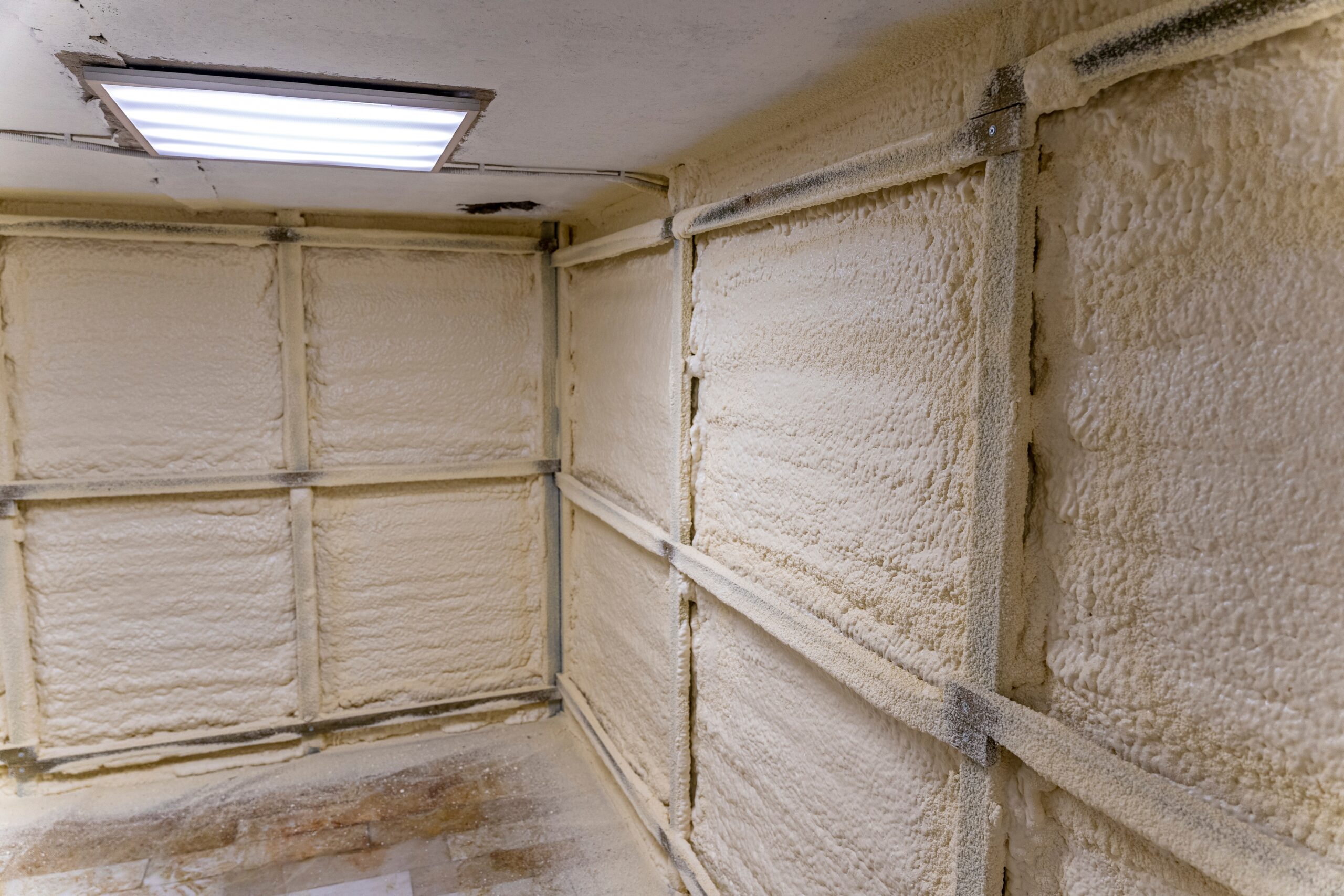





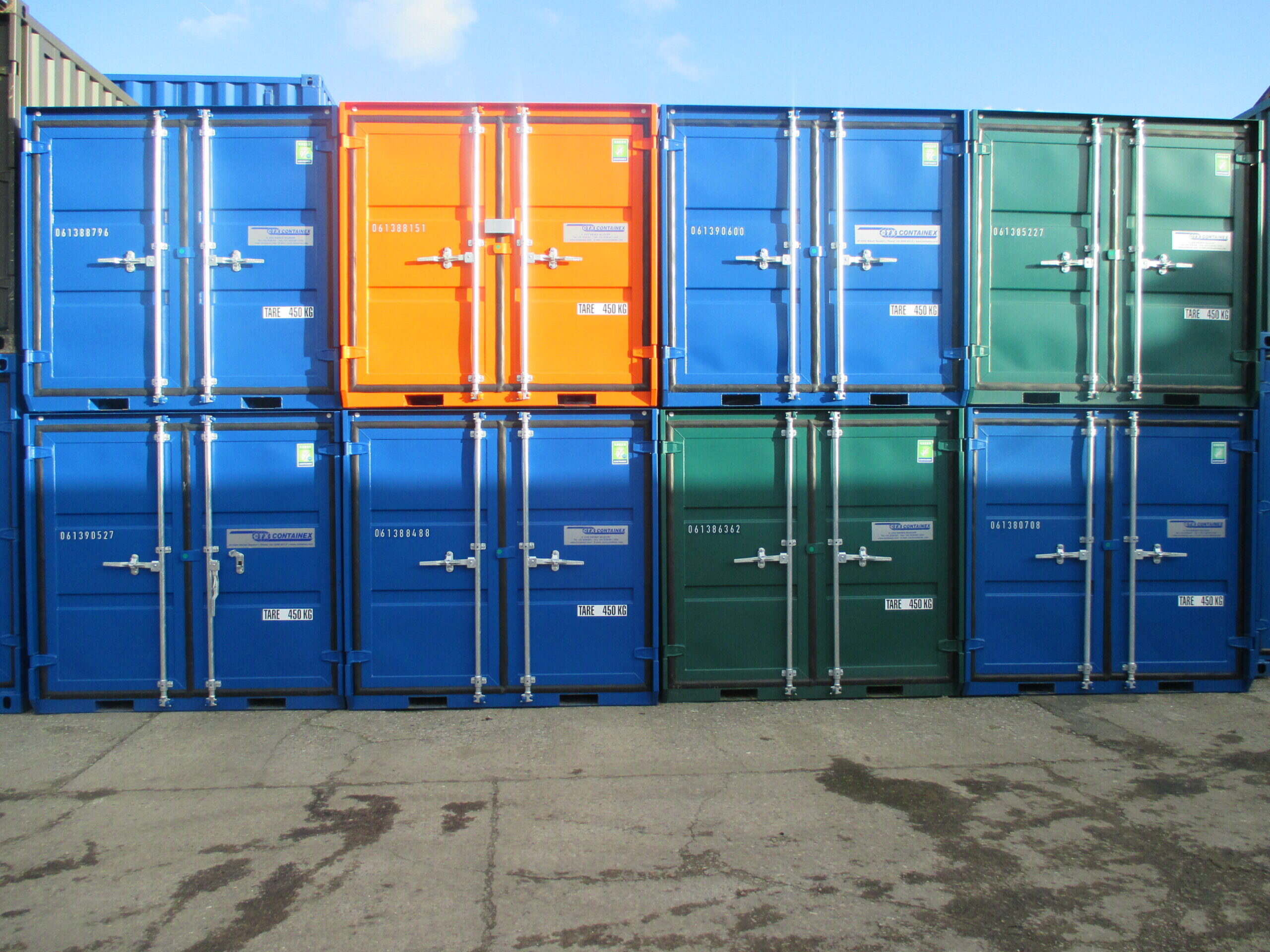
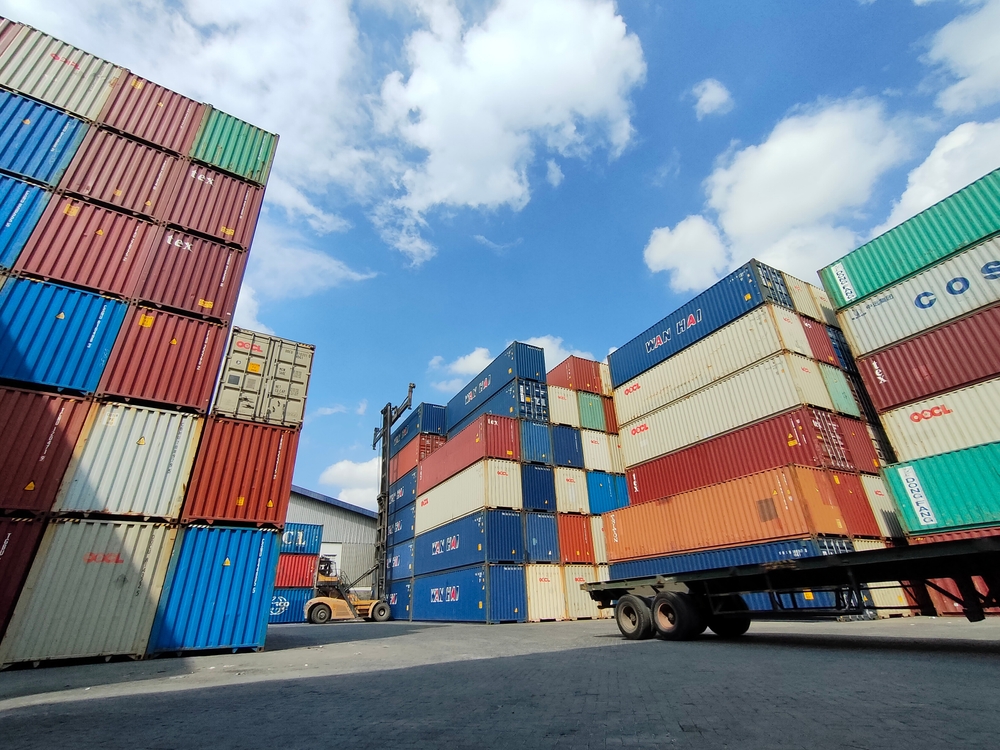

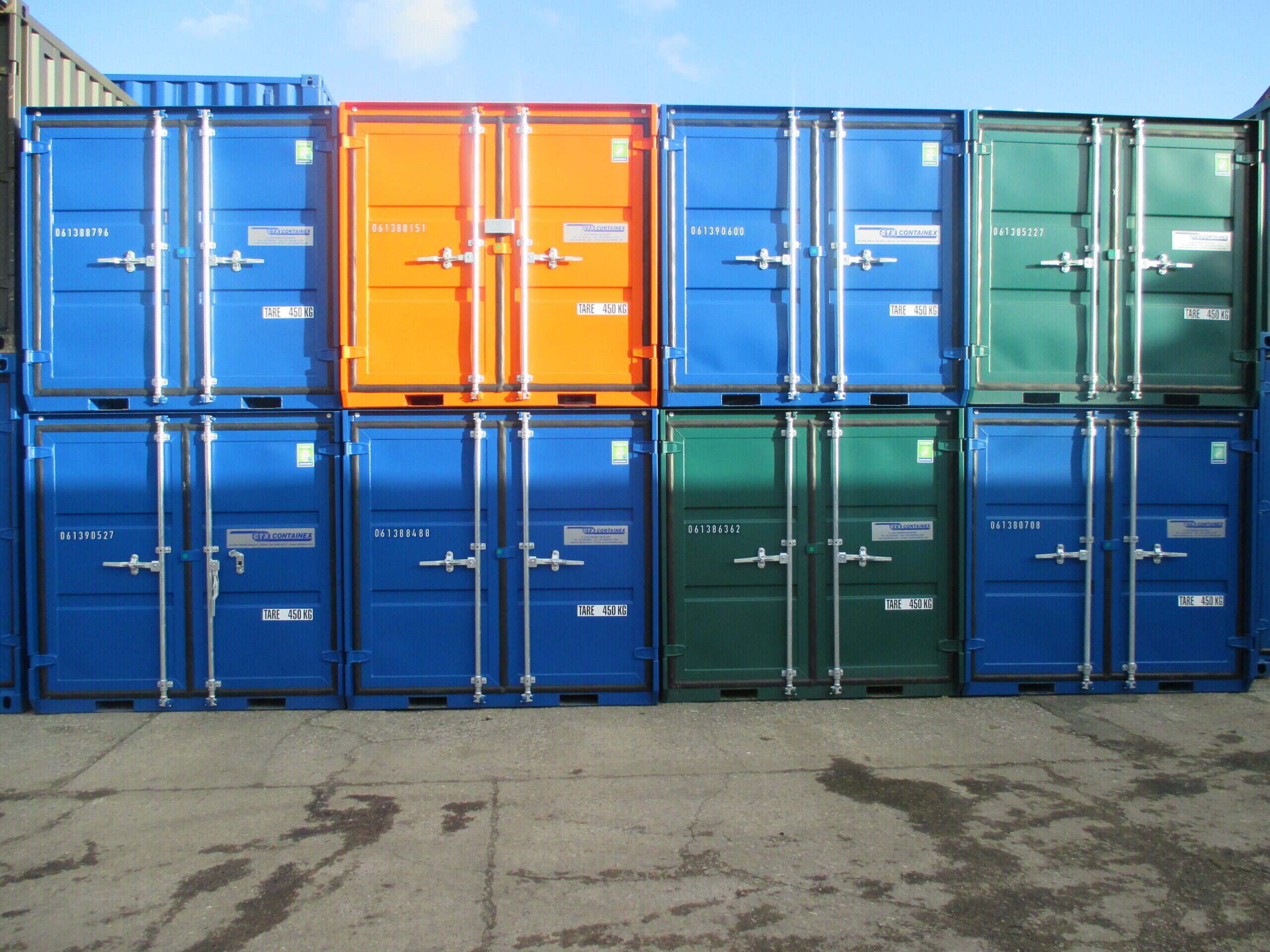
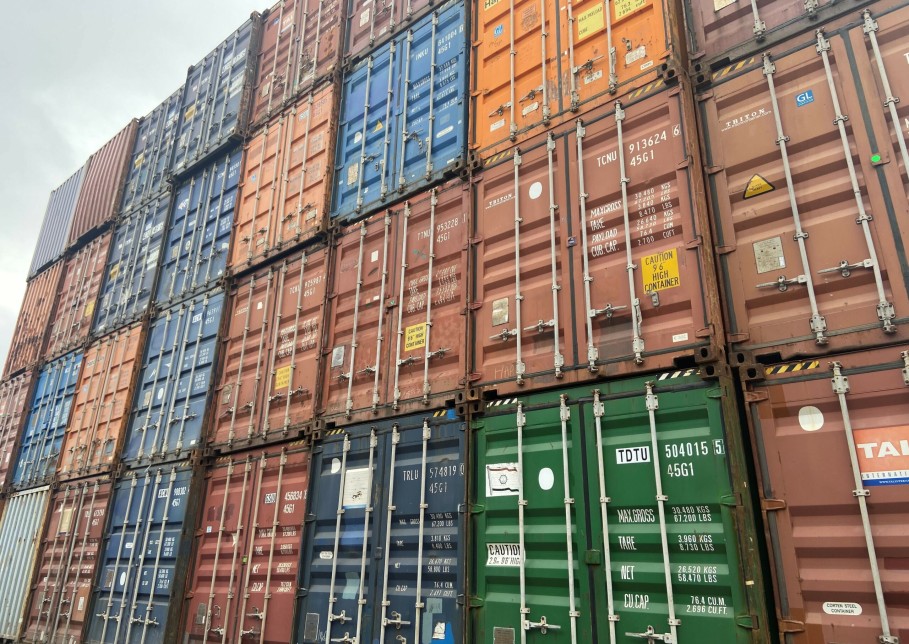
 Reviews
Reviews